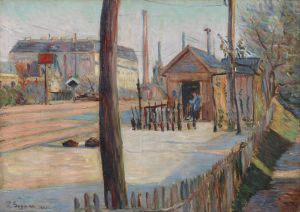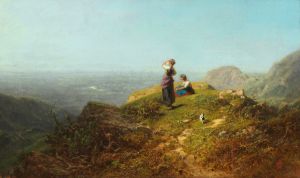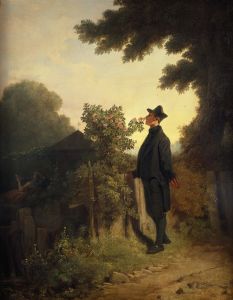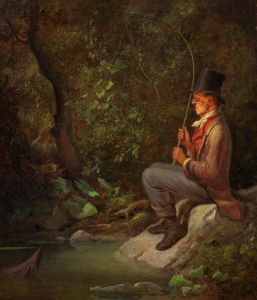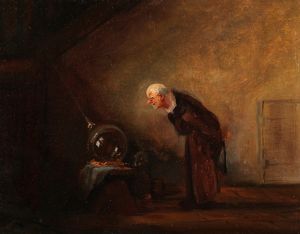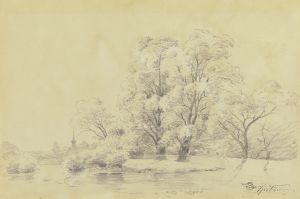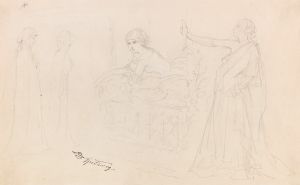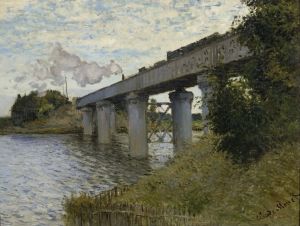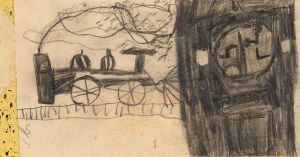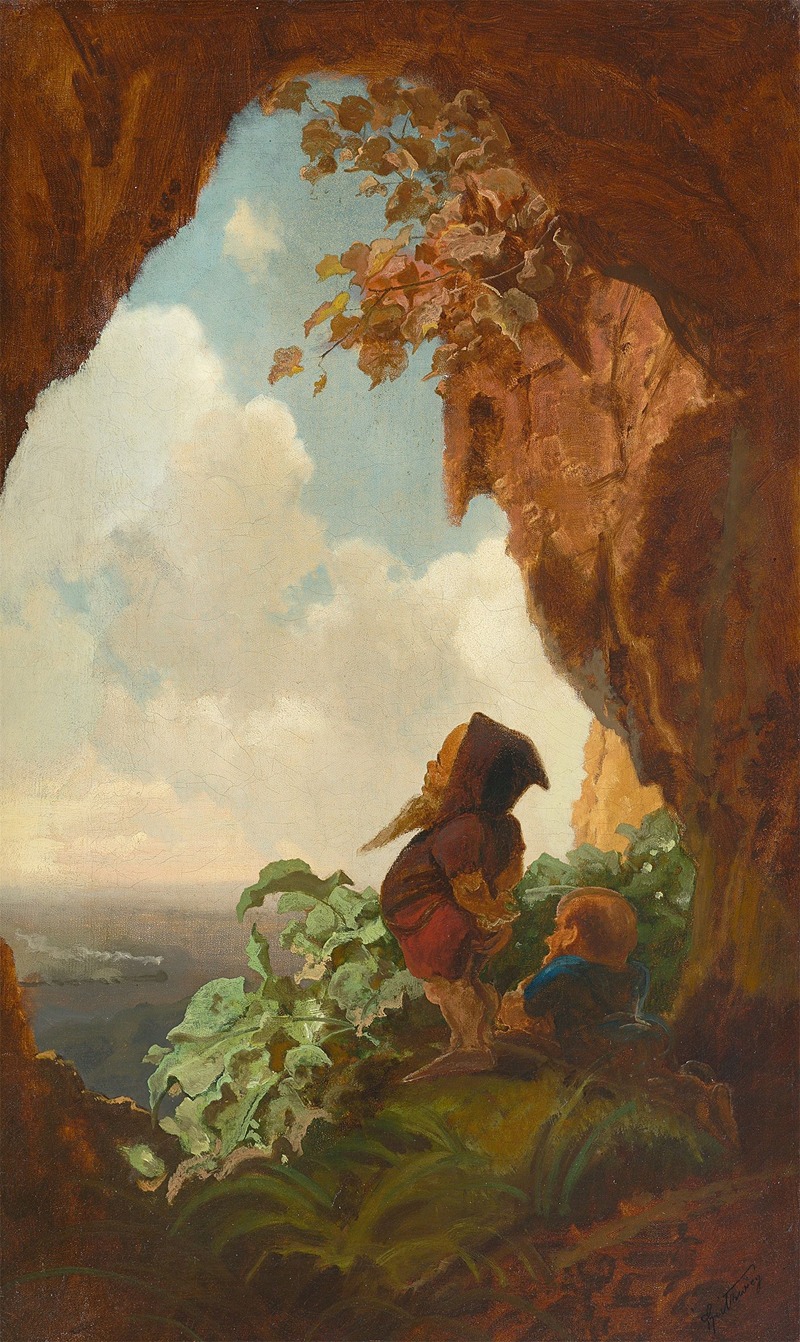
Die erste Eisenbahn
A hand-painted replica of Carl Spitzweg’s masterpiece Die erste Eisenbahn, meticulously crafted by professional artists to capture the true essence of the original. Each piece is created with museum-quality canvas and rare mineral pigments, carefully painted by experienced artists with delicate brushstrokes and rich, layered colors to perfectly recreate the texture of the original artwork. Unlike machine-printed reproductions, this hand-painted version brings the painting to life, infused with the artist’s emotions and skill in every stroke. Whether for personal collection or home decoration, it instantly elevates the artistic atmosphere of any space.
Carl Spitzweg's painting "Die erste Eisenbahn" (The First Railway) is a notable work by the German Romantic artist, who is renowned for his detailed and often humorous depictions of 19th-century bourgeois life. Spitzweg, born in 1808 in Munich, was a self-taught artist who initially pursued a career in pharmacy before dedicating himself to painting. His works often reflect the societal changes and technological advancements of his time, capturing the essence of the Biedermeier period in Germany.
"Die erste Eisenbahn" is a painting that exemplifies Spitzweg's interest in the impact of industrialization on society. Created in the mid-19th century, the painting portrays the advent of the railway, a revolutionary development that transformed transportation and commerce in Europe. The introduction of the railway was a significant event during this era, symbolizing progress and the dawn of a new age of mobility and connectivity.
In the painting, Spitzweg captures the juxtaposition between the traditional rural landscape and the modern technology of the railway. The scene typically features a steam locomotive, a symbol of industrial progress, moving through a serene countryside setting. This contrast highlights the tension and curiosity that accompanied technological advancements during the period. Spitzweg's work often includes a touch of humor or irony, and "Die erste Eisenbahn" may subtly comment on the disruption and fascination caused by the new technology.
Spitzweg's style is characterized by meticulous attention to detail and a warm, earthy color palette. His paintings often include small, anecdotal scenes that invite viewers to explore the narrative and context of the depicted moment. In "Die erste Eisenbahn," the artist's ability to blend realism with romanticism is evident, as he captures both the physical presence of the train and the emotional response it elicits from the people and animals in the scene.
The painting reflects the broader themes of Spitzweg's work, which frequently explores the intersection of tradition and modernity. His art provides insight into the cultural and social dynamics of 19th-century Germany, offering a window into the everyday lives of its people and their reactions to the rapid changes brought about by industrialization.
Spitzweg's paintings, including "Die erste Eisenbahn," are celebrated for their narrative quality and their ability to convey complex social commentary through seemingly simple scenes. His work remains influential, offering a unique perspective on the historical context of the 19th century and the transformative power of technological innovation.
Today, Carl Spitzweg is regarded as one of the most important artists of the Biedermeier period, and his paintings are held in high esteem for their artistic merit and historical significance. "Die erste Eisenbahn" continues to be appreciated for its depiction of a pivotal moment in history, capturing the spirit of an era defined by change and progress.





